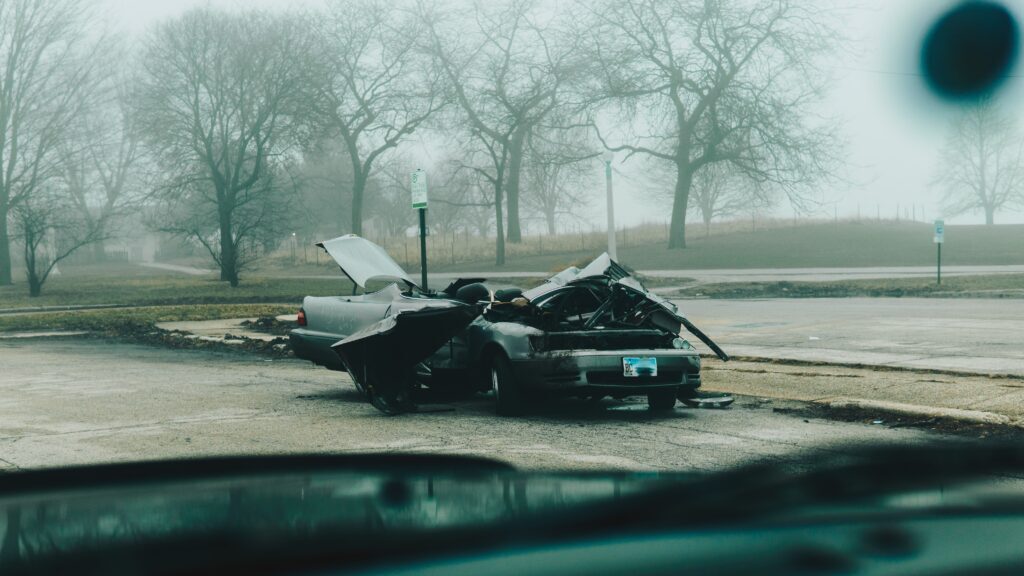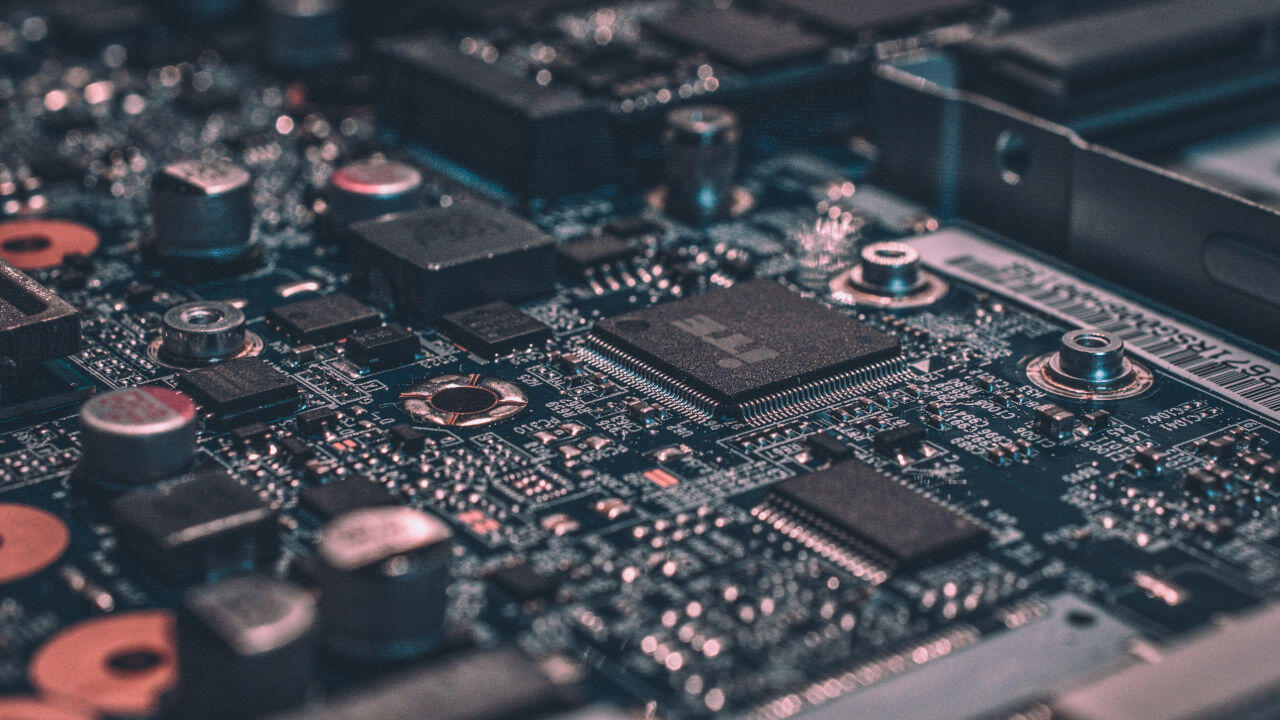Accident reconstruction is the process of examining, analyzing, and forming opinions and conclusions about the causes and events that led to a collision. This requires a high level of expertise and knowledge of physics and engineering principles and tools and computer software.
Accident reconstructionists are needed in litigations involving injuries or death resulting from a crash. Hence, their opinions and conclusions must be as accurate as possible to ensure that justice is served.
In the area of accident reconstruction, various technologies are now available. Some cases can be appropriately handled with basic methods like an accident scene drawing, while others may require more extensive expert participation. As a result, an experienced and well-trained accident reconstructionist will be needed to assess each case based on the available evidence and collaborate with the client to establish the best course of action.

Technologies and tools in this field have evolved over the years and have become reliable to give accurate conclusions and make accident reconstruction more appreciated and embraced.
Some of these technologies used in accident reconstruction include but are not limited to 2D scene diagramming, 3D laser scanning, 3D animations, Crash Data Retrieval (CDR).
Scene Diagramming In Accident Reconstruction
Scene diagramming in accident reconstruction involves capturing the setting of a collision as it appeared when it was discovered. It has proven to be very useful for investigative and forensic work. In the court system, it has been deployed to bring clarity to events surrounding collisions. Scene diagramming is done with the aid of various popular software like Map360, SmartDraw, CAD Pro, etc.
Laser Scanning in Accident Reconstruction
3D laser scanning is a way of capturing a physical object’s exact size and shape so that it can be viewed in the ‘computer world’ as a three-dimensional digital representation. It has been described as an outstanding technology that has helped ease the stress of scanning a crash incident vehicle.
3D Animation
A 3D animation is a graphical approach that incorporates motion to bring characters, objects, props, and other objects to life. It has been a helpful trend in accident reconstruction, especially with litigation. With animation, different events surrounding a collision can be visually demonstrated. Animation allows the crash to be viewed from different perspectives, including the driver’s view, aerial view, and witness’s view. Animation can also be used to show possibilities of how the collision could have been avoided by the parties involved.
Crash Data Retrieval
Crash data retrieval is an essential part of accident investigation and reconstruction. It relies upon an instrument installed in most cars called an event data recorder (EDR). After a collision, information such as speed, brake use, acceleration patterns, seat belt usage, and so on can be retrieved using CDR.






